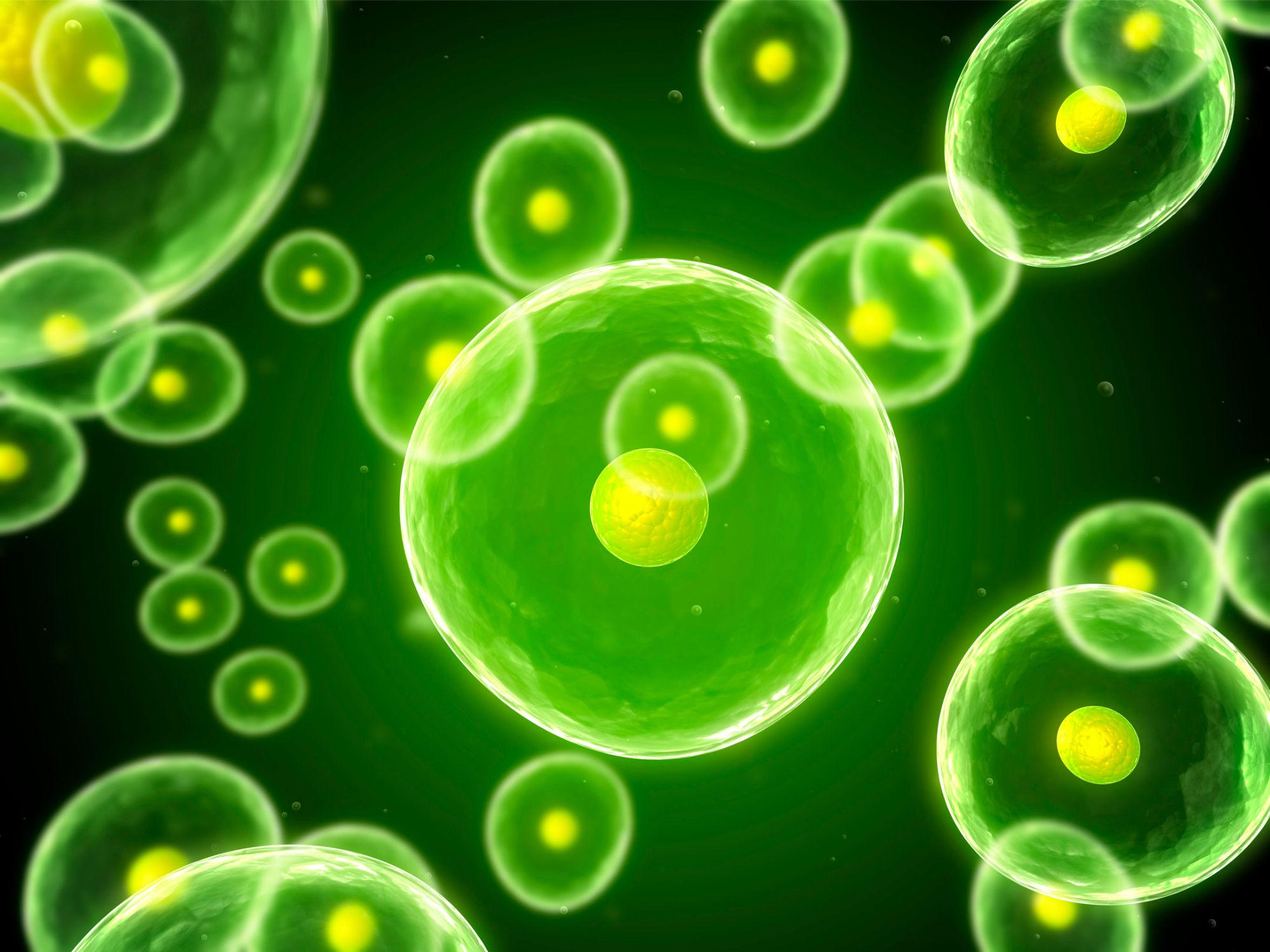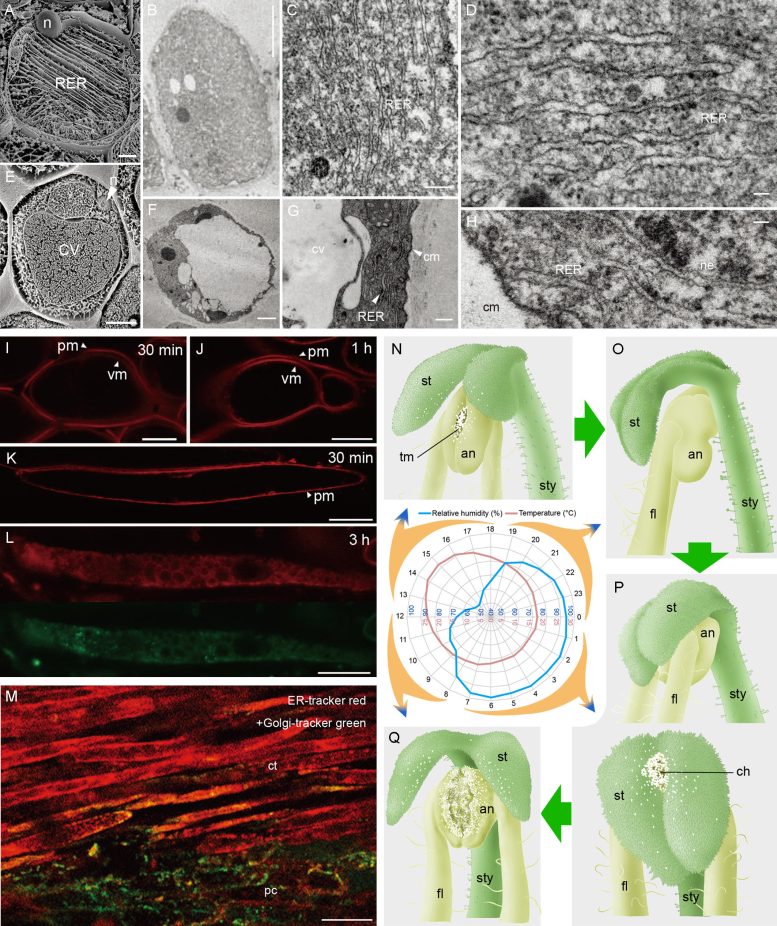
A study led by Dr. Yin-Zheng Wang investigated the stigma movement in Chirita pumila, revealing its association with water-sensitive contractile cells that expand when absorbing water. These cells, filled with a unique reticular structure, are responsible for the stigma’s bidirectional movements. These movements form a pollen channel, which facilitates self-pollination, a likely evolutionary adaptation to uncertain insect cross-pollination environments.
Dr. Yin-Zheng Wang from the Institute of Botany at the Chinese Academy of Sciences has led a study that discovered the stigma of Chirita pumila exhibits movement. This movement is directly linked to the stigma’s sensitivity to water. Delving deeper through anatomical investigations, the team observed that upon water absorption, a specific cell type, which constitutes about half of the stigma’s volume, undergoes significant expansion. This cellular expansion is integral to the stigma’s extension-contraction motion. These newly identified cells have been named “contractile cells.”
Characteristics of Contractile Cells
The research group found that contractile cells are filled with reticular structures and the nuclei were squeezed to the edges, whereas parenchyma cells are comprised of mainly large central vacuoles by Cryo-SEM. After absorbing water, the contractile cells greatly elongate to more than eight times, still filled with a network structure.
This shows that the reticular structure is the main mechanism of water sensitivity, that is, the reticular structure water absorption and expansion drive contraction cell elongation, resulting in stigma movement. CLSM showed that FM4-64 fluorescence signals migrated from the plasma membrane to the vacuole membrane in the parenchyma cells, but there was no vacuole membrane signal in contractile cells, and the weak signals at different wavelengths of red and green showed a large elongation of the contractile cells.

A-H, Contractile cells in Cryo-SEM/TEM (A-D) and parenchymal cell (E-H); I-L, Contractile cells (K, L) and parenchymal cell (I, J) in CLSM with FM4-64 fluorescence signal; M, ER-tracker red and Golgi-tracker green fluorescence signal in stigma through CLSM; N-Q, Stigma movement and self-pollination associate with circadian rhythm of humidity. Credit: Science China Press
The absence of vacuoles in the contractile cells confirms that the water-sensitive substance that absorbs water and expands is a network structure, not a vacuole.
TEM and fluorescence signal analysis revealed that the network structure was caused by endoplasmic reticulum with granular ribosomes, which was completely different from parenchyma cells. RNA-seq analysis showed that the expression profiles of constricted cells were significantly different from those of parenchyma cells.
Water-sensitive experiment on the stigma laminae in lateral view. With water stimulation, the stigma laminae bends rapidly and forcefully, which provides a powerful pressure on the two adherent anthers. Credit: Science China Press
Stigma Movement and Reproductive Implications
Through field observation, the authors further found that the stigma of the plant showed a bidirectional opening and closing-bending movement, and the contractile cells drove the stigma circadian rhythm with changes in humidity. In addition, the stigma movement leaves a pollen channel connecting the anther gap between the two stigma lobes, which continuously squeezes the anther, causing pollen to be forced directly to the receptive surface of the stigma through this channel.
Thus, the movement of the stigma transforms a floral system based on cross-pollination by insects into one of strict self-pollination. This reproductive strategy involving the transition from outcrossing to predominant self-pollination has likely evolved because of the uncertain environment for cross-pollination by insects in which Chirita pumila occurs and represents a novel proximate mechanism of reproductive assurance.
Reference: “A new type of cell related to organ movement for selfing in plants” by Yin-Zheng Wang, Yan-Xiang Lin, Qi Liu, Jing Liu and Spencer C H Barrett, 10 August 2023, National Science Review.
DOI: 10.1093/nsr/nwad208
"type" - Google News
October 25, 2023 at 05:01AM
https://ift.tt/CwqpT4x
Scientists Have Discovered a New Type of Cell in Plants - SciTechDaily
"type" - Google News
https://ift.tt/aQsu9Ne
https://ift.tt/W2Q0XYA
Bagikan Berita Ini














0 Response to "Scientists Have Discovered a New Type of Cell in Plants - SciTechDaily"
Post a Comment